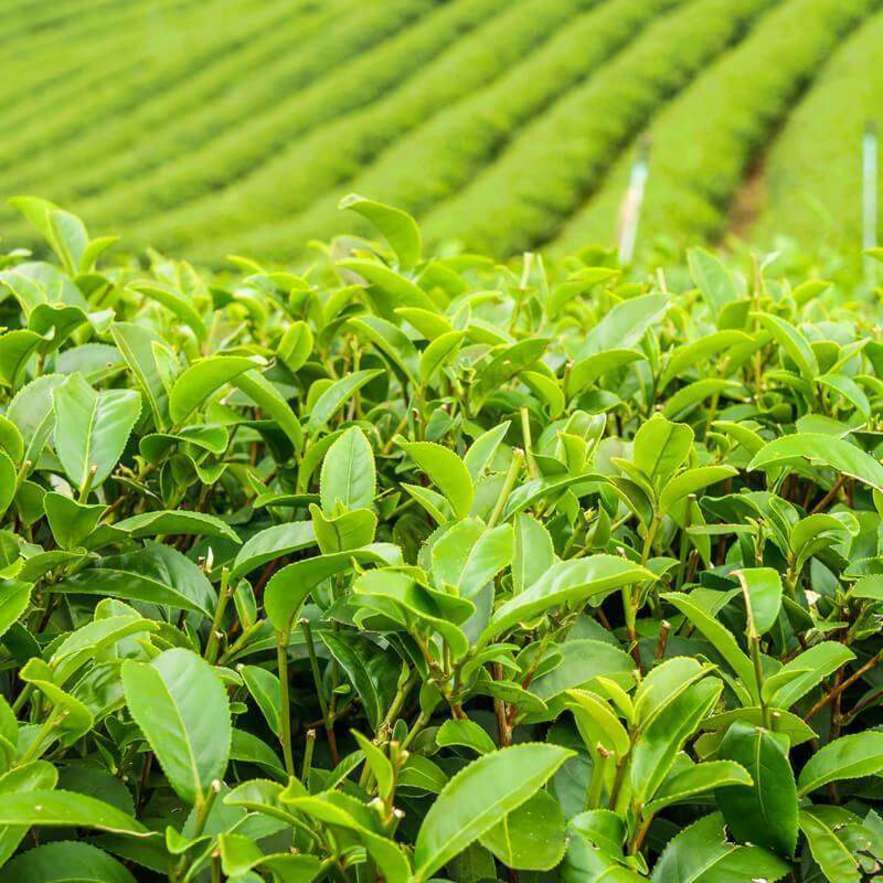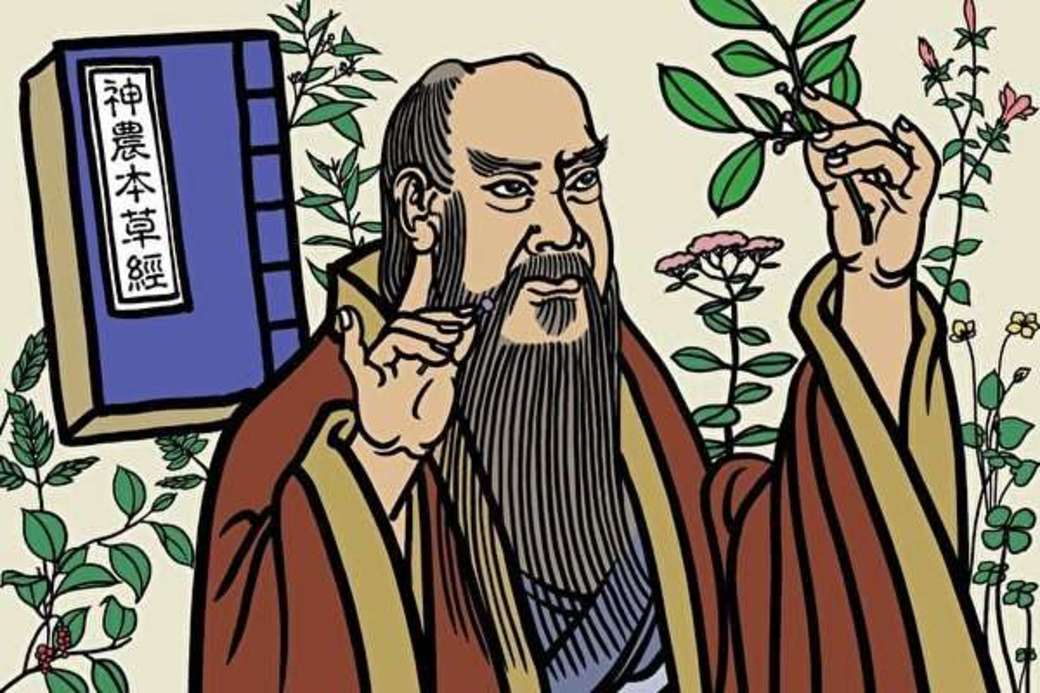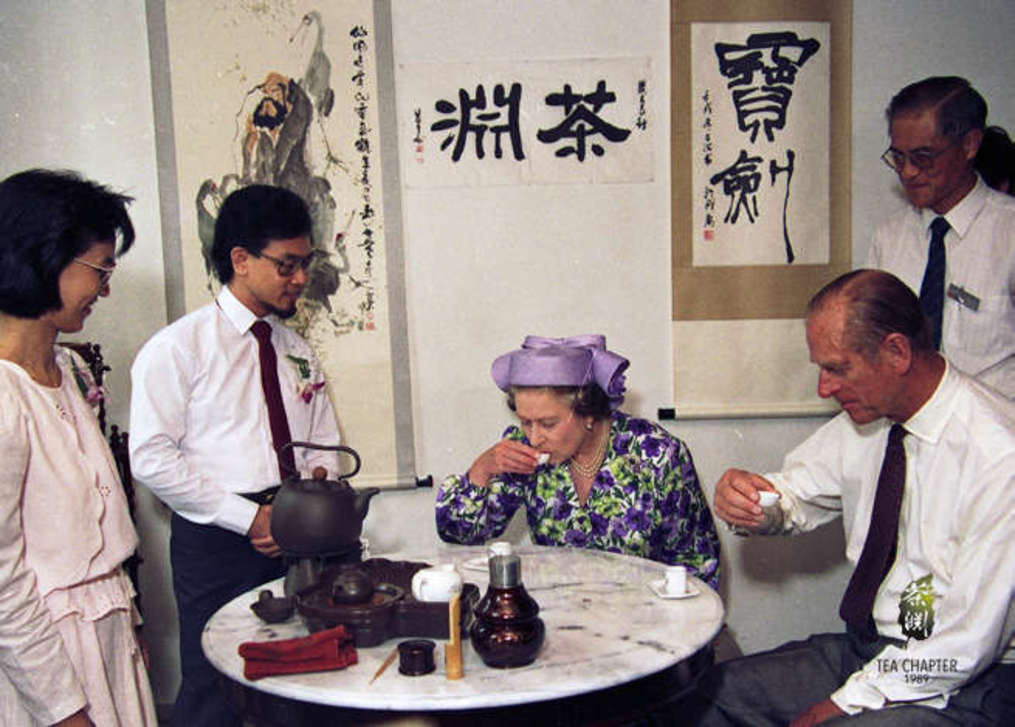All teas come from the same plant - the Camellia Sinensis plant. Even though there are more than 3,000 varieties of tea, they can all be classified under 6 categories - White, Green, Yellow, Oolong, Black and Pu-Er.
What makes each different is the way they are processed.
- White, Green & Yellow Tea: Steamed after the tea leaves are plucked. The difference in flavour is attributable to the temperature and steaming time.
- Oolong Tea: Left aside to undergo partial oxidation
- Black: Left aside to allow full oxidation, thus turning black
- Pu-Er: Black Tea left aside for fermentation
What about chamomile tea or red bush tea? Since they are not from the Camellia Sinensis, they are NOT considered tea. They are herbal infusions.
Origin
Legend says that in 2737 BC, Chinese emperor Shen Nung was sitting under a tree and leaves from the Camellia Sinensis tree dropped into the boiling water that was served by his servant.

As an avid herbalist, emperor Shen Nung tasted the tea and named this brew 茶 [chá] which sounds similar to 查 [chá]; the Chinese word for “check”. Why? The emperor felt that the tea he drank gave him a warm fuzzy feeling, like it was investigating every part of his body.
Even though containers for tea were found in tombs during the Han dynasty (206 BC - 220 AD), it was only during the Tang dynasty (618-906 AD) where tea was established as the national drink of China.
Benefits
Green tea is the least processed tea and is therefore used in many studies.
#1 Lowers cholesterol
A study conducted in 2011 shows that drinking a considerable amount of green tea helps lower cholesterol. What’s a considerable amount you ask? About 3-5 cups a day according to Healthline is good.
#2 Prevents cataract blindness
Due to the presence of high antioxidants, this 2001 study has shown that green tea and black tea has the ability to retard the progression of cataract blindness.
#3 Reduces the chances of dementia
A study conducted in 2011 proves that a combination of green tea and L-Theanine (an amino acid present in green teas) has the ability to improve memory and attention.
And the benefits of tea don't end here... there are many more!
Other Variations
By mixing other elements, teas such as floral tea, red tea and more were subsequently created.
Floral Tea
Floral tea (think Chrysanthemum, Jasmine and Osmanthus tea) is made from dried tea leaves hand-tied around an edible dried flower.

Herbal Tea
Herbal tea such as Chamomile is created when herbs are added to the tea leaves.

Experience It
This workshop at Tea Chapter allows you to further understand the history and benefits of 6 different types of tea - Green Tea, White Tea, Oolong Tea - the Queen’s tea, Red Tea - made from Tie Guan Yin (a type of Oolong tea), Black Tea and Floral Tea (specifically Jasmine Tea) at the oldest tea house in Singapore, a tea house Queen Elizabeth once visited!

Learn tea brewing techniques and taste all 6 variations of this ubiquitous drink! Leave this session a veritable tea connoisseur with knowledge of tea you never knew of. Then, share your newfound tea brewing skills with your family and friends!
Private Class Price: $48 (Oolong Tea, Floral Tea & Pu'Er Tea) - $78 (all 6 teas)/pax (Min. 2 pax)
Location: Neil Road
Duration: 2 Hours
Workshop: A Tea Chapter with Queen Elizabeth
Click here for corporate orders!
• • •

Follow Culturally on Instagram or Facebook for more posts!
Culturally seeks to bridge culture and art all over the world.


